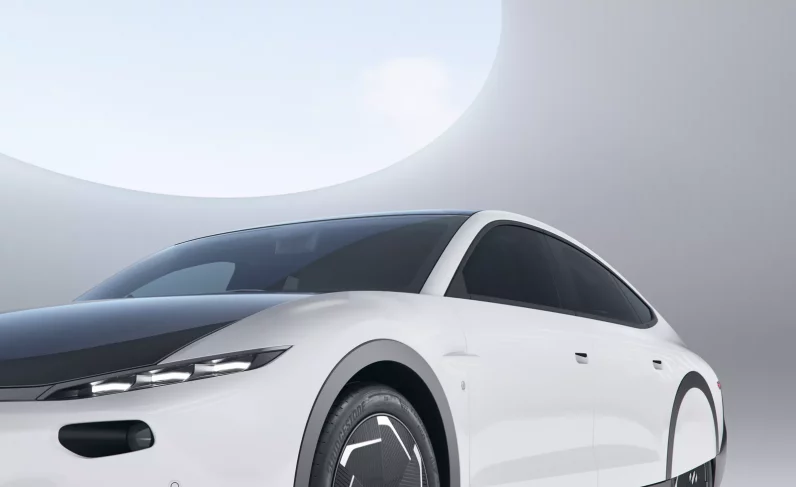Like many Australians, I think of solar energy when I think of powering the future. And this is becoming even more of a reality. Last night, solar EV company Lightyear unveiled Lightyear 0, the final design for their very first solar EV in a slick online global premiere.
<iframe title="YouTube video player" srcdoc="*{padding:0;margin:0;overflow:hidden}html,body{background:#000;height:100%}img{position:absolute;top:0;left:0;width:100%;height:100%;object-fit:cover;transition:opacity .1s cubic-bezier(0.4,0,1,1)}a:hover img+img{opacity:1!important}

 ” width=”560″ height=”315″ frameborder=”0″ allowfullscreen=”allowfullscreen”>[embedded content]
” width=”560″ height=”315″ frameborder=”0″ allowfullscreen=”allowfullscreen”>[embedded content]
Lightyear is reinventing not only solar energy but battery charging
Lex Hoefsloot, Co-founder and CEO, explained the challenge of EVs, asserting:
“There’s no hiding from it, access to charging stations will not keep up with the demand for electric cars. To minimize plug-charging and maximize range, the industry’s strategy, so far, has been to add batteries. That increases the carbon footprint of production and, in turn, boosts weight and the need for high-power charging stations.”


By comparison, Lightfoot has been in the R&D trenches. The company has over 57 patents and $100 million in funding, and has focused on creating a vehicle that delivers more range with less battery usage
Lightyear 0 has 5-square-meter solar arrays integrated into the roof and hood. This makes it possible to drive for weeks, or even months, without charging.
“The most energy-efficient electric vehicle on the market”


According to Koen van Ham, Chief Designer and Co-founder, Lightyear 0 can generate a 70km driving range in a single day directly from the sun. He shared that most people could drive for months in the summer based on a 21-mile (35km) daily commute.
Specifically, someone living in the Netherlands could go two months or 1,304 miles (2,100 km) on a single charge, and in Portugal, seven months or 4,600 miles (7,400km).
Impressively, with Lightyear 0, any power outlet becomes a charging station. Plugged into a regular home socket, the solar EV can get 19.8 miles (32km) of range per hour.
The car is approved by authorities and is road legal, so it won’t be long until we start seeing these on the road.
There’s a downside
Look, there are many things to be impressed about in the Lightyear 0. But the biggest downside is cost. The company’s first release is a luxury model with only 946 cars to be manufactured. And the price, set initially at around €170,000, has soared to €250,000 ($266,000) due to increased manufacturing costs.
That’s a lot of money in anyone’s budget.
By comparison, there are plenty of more affordable options for people looking to make their next vehicle the most energy efficient.
Sono Motors Sion costs $31,600 (€28,500) and is planning to start manufacturing next year. There’s even the SQUAD Solar City Car, priced from $6,522 (€6,250) and is now available for pre-order, set for launch in 2023.
However, with Lightyear 0, we don’t even know when or if the car will find its way to the retail markets of the Middle East, Asia, the US, or Australia. Sure, there will be plenty of people who want to be the first owners. I’m just not sure they are all in Europe.
